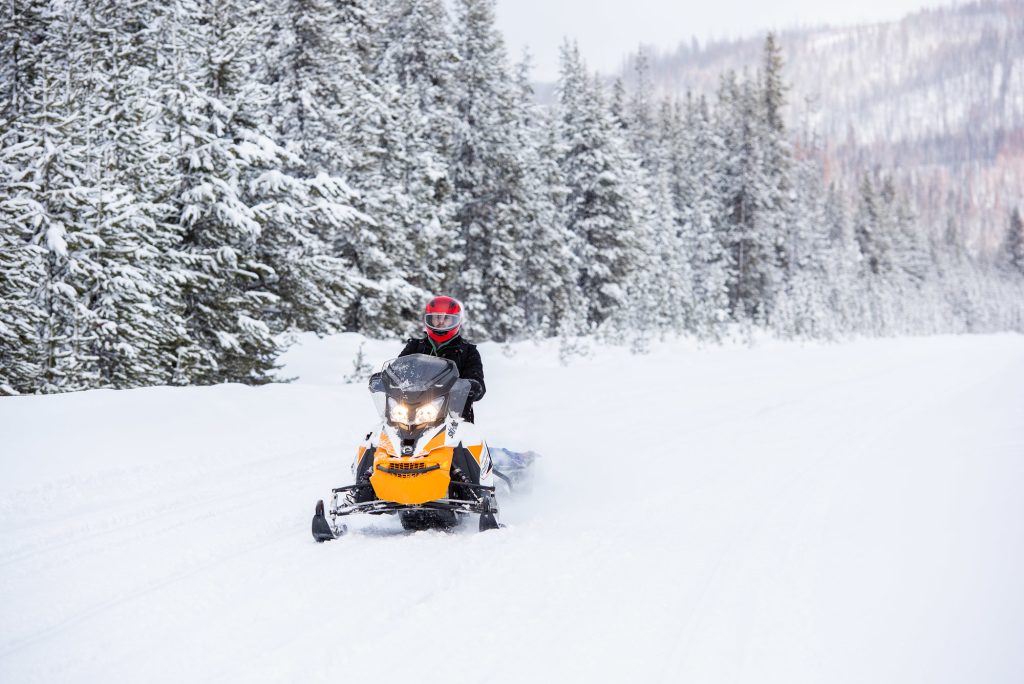The amazing team at the Payette Avalanche Center has a pretty tall order. Their mission is to foster awareness and promote safe backcountry travel by sharing crucial avalanche information. One of only 14 such Centers in the nation, the PAC provides an invaluable service to the McCall area.
We sat down with Kent May, a forecaster for the PAC, to get the inside scoop on this great organization.
1. First of all, what is the Payette Avalanche Center?
The Payette Avalanche Center is technically a Type 2 Avalanche Center for the U.S. Forest Service; however, we have been running as a Type 1 Center for the last three years. This means that we issue a forecast seven days a week by 7am from when the first snow sticks in November until the snow melts in April. The daily forecasts are a tool for the recreating public to understand avalanche conditions, weather, and recent snowfall and decide where and when to go. We do all of the work for you!

2. How do you test conditions?
To determine current conditions, we head out on snowmobiles and skis every day to test different aspects (i.e. north slope, west slope, etc.) and elevation bands. By digging a snow pit and conducting stress tests on columns of snow, we are able to see where the snowpack fails and translate that into the advisory spectrum.
But aside from the actual testing, we also observe. This is probably the easiest thing we do! Having a background in snow science, ski patrol and avalanche conditions, all three forecasters can go out and recognize avalanche factors. It doesn’t take a test to see that the wind is blowing from the west and loading the east slopes or to observe a natural avalanche in progress. This is valuable information we are then able to incorporate in our daily advisories.

3. How do you read the daily advisory?
While we do get into the nerdy dialogue at the bottom of the forecast, the easy to decipher nuts and bolts of the forecast is at the top of the page. Look for the primary avalanche danger rating: low, moderate, considerable or extreme. Next to that will be an “avalanche danger rose” which shows the different aspect and elevation ratings (i.e. if the east facing slopes are green and the west facing slopes are red, avoid the west facing slopes). The “Bottom Line” provides a brief overview of the current conditions followed by weather information, recent observations, and avalanche problems to be aware of.

4. How can I learn more about avalanche safety?
A big part of what we do is outreach in the community. One of our programs, “Know Before You Go” is part of a national program aimed at middle school kids. Each winter we go into the schools and talk about snow science and avalanche training to educate kids early. For adults, we have avalanche awareness classes, including a two-day training and a special “diva” class for women only as well as rescue clinics. We did a total of 17 educational events last season – our website and Facebook page will have information on the events planned for this winter.
In addition to event listings, the PAC website has several educational links and video resources if you want to brush up at home. Regardless of what activity you are doing, we recommend that anyone planning over-the-snow travel have a beacon, shovel and probe at all times. I like to say that “bad things can happen in low consequence terrain.” If you are headed out to ski, snowshoe or snowmobile, carry the right equipment!

5. How is the Payette Avalanche Center funded?
We are actually one of the only Forest Service programs that rely on a non-profit to keep us in business. A small portion of our budget comes from federal funding and the rest is through grants and fundraising efforts. Grant dollars are something we apply for each year and that money is directly sourced from the snowmobile sticker program – so thank you to everyone who plays by the rules and purchases a sticker!
In addition, the Friends of the Payette Avalanche Center supplements our budget with fundraising. We are always looking for more people to get involved either as a volunteer, board member, or with fundraising outreach. Give us a call and get involved!

STAY INFORMED:
Online: payetteavalanche.org (view or subscribe)
Facebook: facebook.com/payetteavalanche





